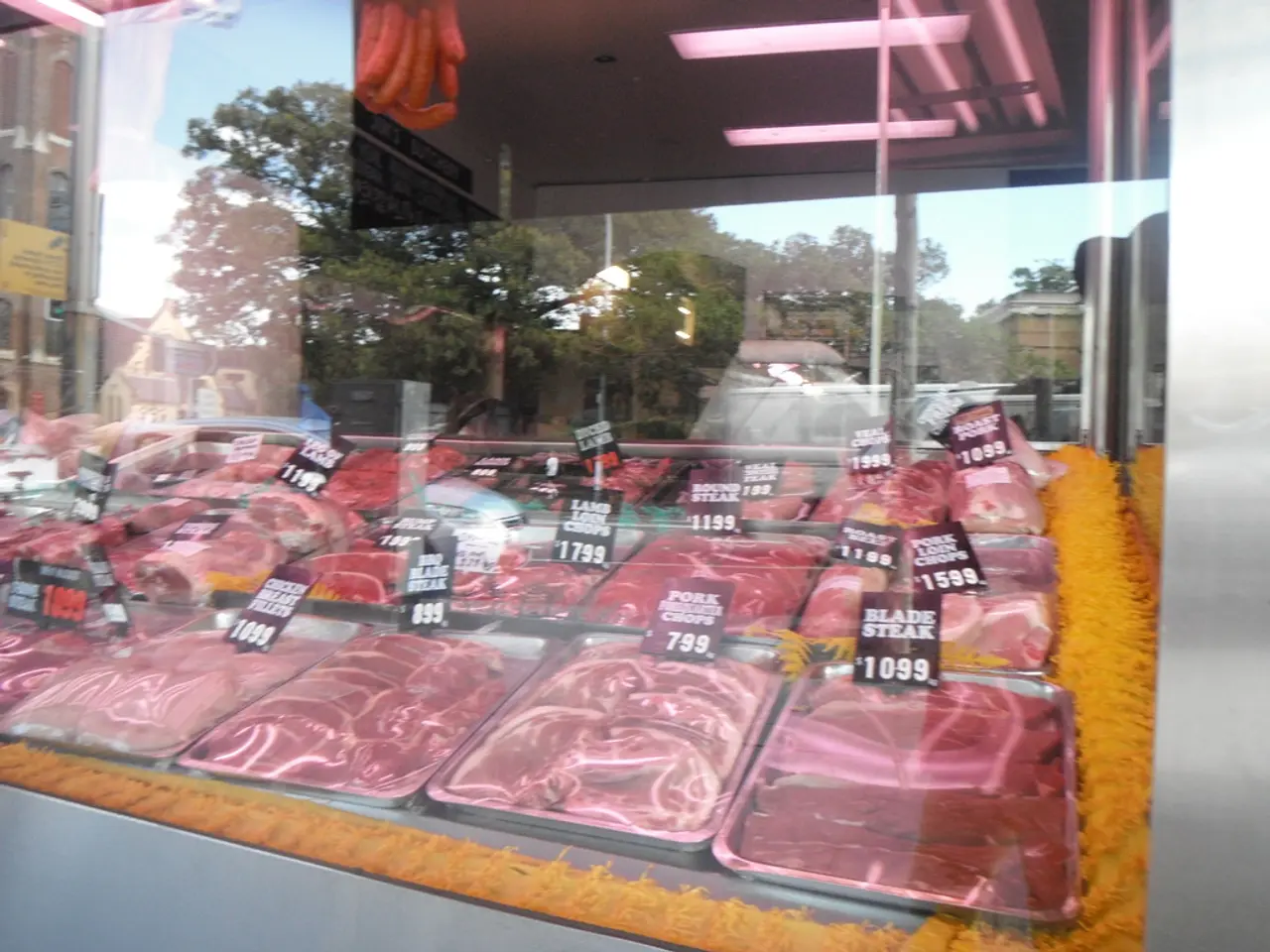Beyond Meat appoints a new Chief Transformation Officer, implements further job cuts, in response to another dismal quarter of performance
In a bid to navigate challenging sales and high debt, plant-based meat giant Beyond Meat is implementing a series of strategic measures to reduce operating expenses, improve margins, and stabilize its business.
The company has announced a significant workforce reduction, cutting approximately 6% of its global workforce, or about 44 employees. This move is part of cost-reduction efforts aimed at lowering both the cost of goods sold and operating expenses. The decision is expected to save $5 to $6 million in cash compensation over the next 12 months, although severance and related charges of $0.8 to $1.3 million will be incurred, mainly in Q3 2025.
To drive enterprise-wide efficiency and performance improvements, Beyond Meat has hired John Boken, an experienced turnaround and restructuring expert, as its interim Chief Transformation Officer. Boken's role focuses on accelerating the company's transformation initiatives and implementing cost-saving measures.
Beyond Meat is also prioritizing distribution of its core products and investing in initiatives to increase margins. This includes launching clean-label and functional nutrition products that may better resonate with consumers and command premium pricing.
In a move to reduce overhead and limit risk exposure, Beyond Meat has ceased operations in China, incurring a $1.7 million charge. This decision forms part of the company's efforts to rationalize operations and stabilize the balance sheet.
Despite continuing investments in product innovation and the launch of new products like the Beyond IV platform and Beyond Chicken, Beyond Meat is exercising caution with its R&D and marketing expenses. The company is acutely aware of the need to closely manage these costs given the weaker demand environment.
Due to ongoing challenges like high inflation, soft demand, recession fears, and intense competition, Beyond Meat is avoiding full-year financial guidance and instead provides narrow quarterly revenue estimates to remain agile amid uncertainty.
The strategic moves aim to reduce cash burn, improve operating efficiency, and reposition the company in a crowded and evolving plant-based meat market. However, challenges remain, including maintaining consumer adoption in a saturated category and managing a high debt load exceeding $1.2 billion.
In Q2 2025, Beyond Meat posted a net loss of $33.2 million, with a 19.6% year-over-year (YoY) decrease in net sales to $75 million. International retail revenue was down 9.8% YoY to $15.9 million, while US retail revenue decreased 26.7% YoY to $32.9 million. International foodservice revenue dropped 25.8% YoY to $15.1 million, but US foodservice revenue increased 6.8% YoY to $11.1 million.
The executive did not provide specific details on how Beyond Meat plans to win back consumers who have left the category, nor did they mention any new hires or changes in the company's workforce beyond the announced workforce reduction. The executive also did not provide an update on the company's debt or any plans to address it.
Despite the current challenges, Beyond Meat remains committed to expanding its product offerings to meet various consumer protein needs. The focus is on stabilizing the business, reducing operating expenses, and improving margins. The executive plans to use 'Beyond' as the primary brand, moving beyond animal protein replicates to meet broader consumer protein needs.
Beyond Meat, in a bid to streamline its operations and enhance efficiency, has hired John Boken, a seasoned turnaround and restructuring expert, to serve as the interim Chief Transformation Officer, focusing on cost-saving measures and enterprise-wide performance improvements.
To boost its financial standing, Beyond Meat is also prioritizing making strategic investments in products that appeal to consumers, such as clean-label and functional nutrition products that command premium pricing. This move is part of an overall strategy to increase margins and stabilize the business.




